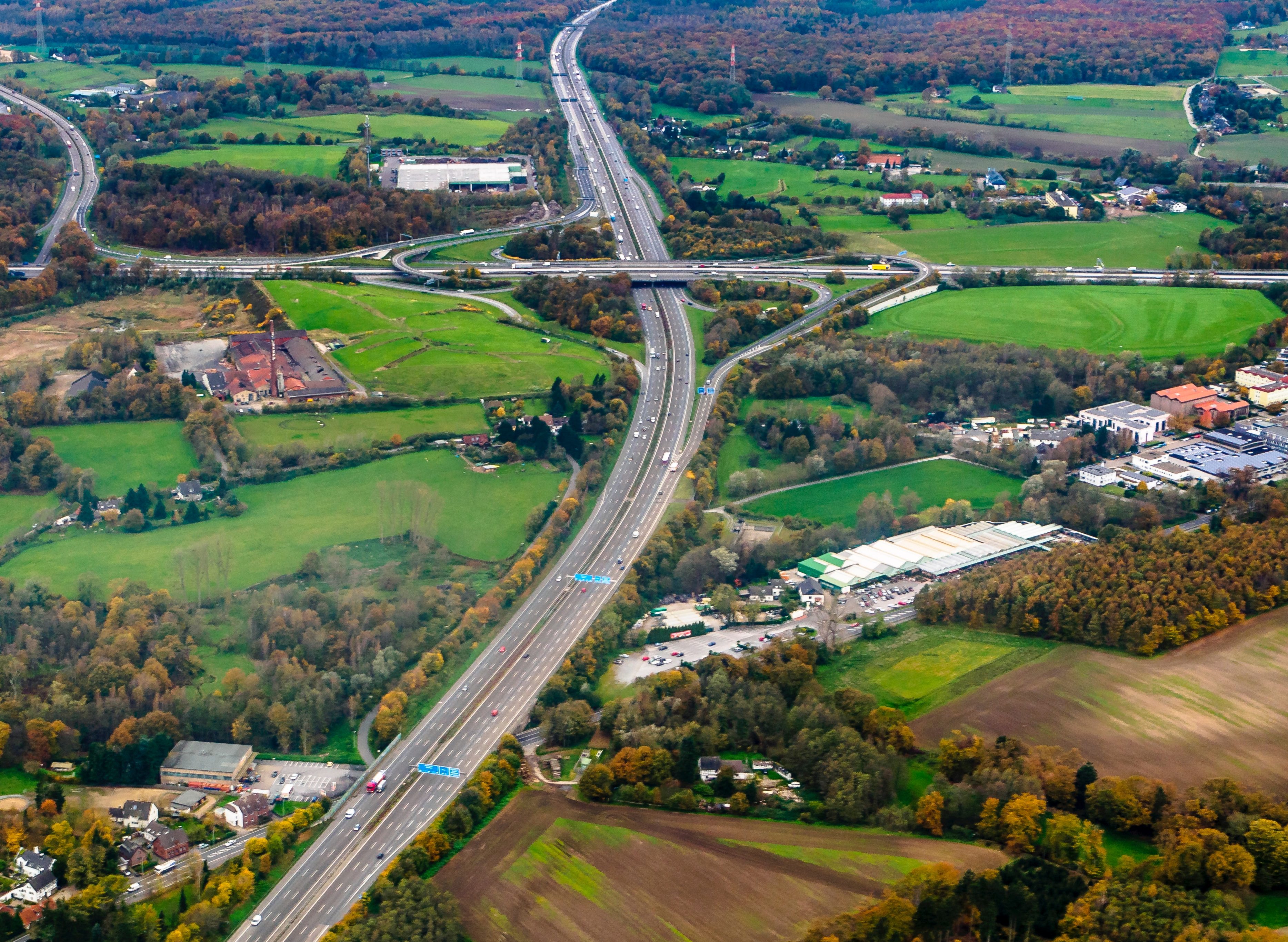From expansion headlines to bankable decisions: turning growth plans into lender‑ready projections

Try TrafficZoom’s AADT metrics today with a free trial
Get instant access nowFrom expansion headlines to bankable decisions: turning growth plans into lender‑ready projections
Announcements of network growth keep coming. QuikTrip’s move into South Texas, Love’s latest travel stop in North Dakota, and financing secured for a mid‑market shopping center all point to the same reality: capital is flowing to convenience, travel, and neighborhood retail. The difference between a press release and a project that closes is the quality of the feasibility evidence behind it. This is where C‑Site’s feasibility study and sales projection convert intent into a bankable case.
What a bankable feasibility study requires, and how C‑Site delivers it
Lenders and investment committees look for three things: credible demand, defensible assumptions, and quantified risk. C‑Site’s methodology is built to meet that bar with empirical traffic analytics at its core.
Fresh, directional traffic baselines, not averages
C‑Site reports provide Annual Average Daily Traffic for every road and direction that touches the site, drawn from the latest twelve months, not stale multi‑year averages. Our engine ingests multi‑source data from mobile devices, connected cars, aggregated navigation, DOT counters, GIS, and demographics, then filters and cross‑verifies it through multifactor and road‑graph modeling. In practice, that means you see the actual directional ADT at the curb line and intraday patterns that matter for conversion.
For lender exhibits this includes:
• Directional AADT on primary and secondary roads, plus adjacent highways and offramps
• Intraday volume and speed distributions, down to 15‑minute bins in C‑Site Advanced
• Seasonality by month and day of week, and clearly identified busy and congested hours
In a C‑Site Scout sample, for example, a primary frontage road shows ADT 21,824 with hours of maximal load from 6:30 to 19:00, while cross streets present 13,498 and 7,695 vehicles per day respectively. Beneath those totals, 96 speed and volume probes per day describe how fast traffic is moving, when it slows, and when drivers are most likely to stop.
From vehicles to visitors: the Total ADT and visitor rate framework
Volume alone does not sell. C‑Site quantifies how many passersby can become customers using the Total ADT concept and empirically derived visitor rates that vary by time of day and speed. Two anchor benchmarks guide projections:
• Baseline visitor rate: 3.2 percent of passing vehicles convert under typical operations
• Optimized visitor rate: up to 5.6 percent under excellent operations and access
Intraday speed distribution is a key diagnostic. When median speeds fall and dwell potential rises, capture improves, which is why C‑Site explicitly separates local traffic from fast transit flow. The cost of bias here is large: since visitor rate changes by time of day, even small errors in traffic estimation propagate into material mistakes in sales strategy.
Fuel, in‑store, and ancillary sales built from defensible micro‑assumptions
C‑Site’s Feasibility Study and Sales Projection translate visitors into product‑level revenue using industry defaults that are customized per market and can be adjusted with client inputs.
Fuel and trip behavior defaults used in projections:
• Average pump volume: 9.50 gallons per car visit, 49.50 gallons per truck visit
• Fuel purchase probability: 71.20 percent for car customers, 65.00 percent for truck customers
In‑store spending structure used for category forecasts:
• Cigarettes and tobacco 33.60 percent, food service 19.70 percent, packaged beverages 17.70 percent, beer and wine 10.00 percent, candy and snacks or grocery 10.60 percent, lottery 0.24 percent, all other merchandise 8.16 percent
• Average in‑store check is adjusted to state median household income to reflect local spending power
These inputs, together with directional ADT and calibrated visitor rates by hour and day, produce a five‑year projection for fuel, in‑store, and car wash where applicable. Results are reported by category and period so lenders can track seasonality, ramp‑up, and steady state.
Market supply and competitive realism
Bankable means context. The Feasibility Study adds a market‑supply section with a full competitor inventory and auxiliary services, people‑per‑competitor ratios, and points of interest that generate trips. Appendices profile the trade area’s demographics, household expenditures, and traveler characteristics, including vehicle distribution by fuel type. For travel corridors like the Rio Grande Valley or rural North Dakota, the analysis explicitly addresses long‑haul versus local patterns and aligns service programs to trip needs.
Accuracy, auditability, and risk controls
C‑Site’s cross‑verified stack prioritizes accuracy because lenders test assumptions. Intraday traffic and speed are compiled from 96 probes per day, with definitions for busy, congested, and rush hours documented inside the report. Internal algorithmic comparisons indicate that detector‑only or along‑the‑road methods can produce AADT errors up to 150 percent when spatial coverage is low, with monthly biases up to 30 percent. Our multi‑source approach materially reduces that risk, which is why we emphasize fresh, direction‑specific counts at the exact site.
Post‑opening, our Operation Excellence Control compares planned and factual traffic over a period, and flags underperformance when traffic was sufficient but revenue lagged. A traffic load ratio of 73 percent in a sample report illustrates how managers can benchmark reality against plan and adjust labor, merchandising, or access.
Applying the framework to current expansion themes
• New‑to‑market c‑store entries like South Texas: Directional AADT and intraday speed patterns separate cross‑border transit from local commute flows so capture assumptions are grounded. Using a baseline 3.2 percent visitor rate on verified Total ADT builds conservative volume, with sensitivity to a 5.6 percent optimized case when access, signage, and operations support it. Fuel projections use the 9.50 and 49.50 gallon anchors and the 71.20 and 65.00 percent purchase probabilities to size tanks, canopies, and cash flow credibly.
• Travel stops on underserved corridors like rural North Dakota: C‑Site distinguishes truck and light‑duty traffic in the flow and applies the truck fueling parameters above to forecast diesel throughput and service demand by hour. Intraday distributions identify mandatory‑break windows for showers, laundry, and food service planning. Seasonality tables inform staffing and inventory across winter peaks and agricultural cycles.
• Community shopping centers seeking financing: The Feasibility Study’s market supply, household expenditure, and traffic appendices translate frontage AADT and access quality into expected visit counts by tenant type. Category shares and income‑adjusted checks underpin a coherent rent roll narrative for lenders, while monthly traffic variability becomes the basis for realistic lease‑up and ramp‑up curves.
What to place in your lender package
• Directional AADT and intraday speed/volume exhibits for the last 12 months, with seasonality
• Total ADT to visitor conversions documented at 3.2 percent baseline and 5.6 percent optimized
• Fuel and in‑store projections using 9.50 and 49.50 gallon averages, 71.20 and 65.00 percent fuel purchase rates, and the category mix percentages above
• Competitive inventory with people‑per‑competitor ratios and auxiliary services
• Five‑year sales projections by category, with ramp‑up and seasonality visible
• Post‑opening performance plan with Operation Excellence Control to protect covenants
C‑Site packages all of the above within the right level of detail for the decision at hand. C‑Site Essential provides quick directional AADT and hourly counts for early screening. C‑Site Comprehensive adds weekday versus weekend behavior, seasonal variation, and speed fluctuations to refine capture assumptions. C‑Site Advanced delivers 15‑minute granularity and offramp analysis that is critical near interchanges and complex nodes. The Feasibility Study integrates these analytics with market supply and consumer spending to produce a complete, bankable case with a five‑year forecast.
The expansion headlines will keep coming. The projects that get funded will be the ones that translate traffic into verifiable customers, customers into category sales, and sales into a forecast lenders can trust. If you are evaluating a corridor like the Rio Grande Valley, a rural interstate junction, or a neighborhood retail node, start with traffic you can defend and a methodology that documents every assumption. That is how intentions become stores, and stores become assets that perform.














